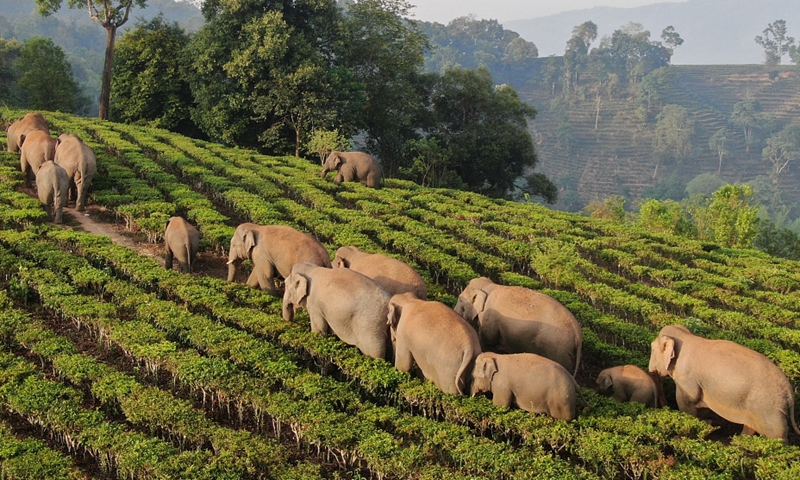Baniyani (Jhapa), Aug 12:
Number of native elephants has gradually increased in Jhapa of late.
Chief of Division Forest Office, Jhapa, Meghraj Rai shared number of native elephants has increased in the district over the last five years. “There were 10-12 native elephants as of 2075 BS, but it has exceeded 30 now”, Rai informed.
“Number of native tuskers has gone up with the elephants entering Nepal from India in search of food living here,” he said. Mammoths which were only seen in certain areas now are noticed across the district. According to him, the loss of life and property has increased due to elephant rampage, especially after the declaration of super zone for paddy, maize and other crops in the district.
“Elephants are reaching the places where they have never been before,” he said, adding, “Maize cultivation has started growing month after month that has also attracted elephant’s rampage.”
The elephants have changed the path after the construction of bridges, roads and other structures on its biological route.
Office chief Rai said elephants enter the village settlements changing the route that also caused more loss to the life and property.
He stressed the need of formulating a special master plan to mitigate human-elephant conflict. “There seems to be a step-by-step approach for human-elephant coexistence,” he said, adding, “There is no master plan for elephant control and all three-tier of governments need to pay special attention to this issue.”
He said initiatives are being taken by the National Trust for Nature Conservation to reduce the elephant-triggered complications. “If the elephant-affected areas could be identified and the collective insurance of the locals, crop insurance and physical infrastructure could be insured, there would have been an environment for people to live confidently,” he added.
RSS




